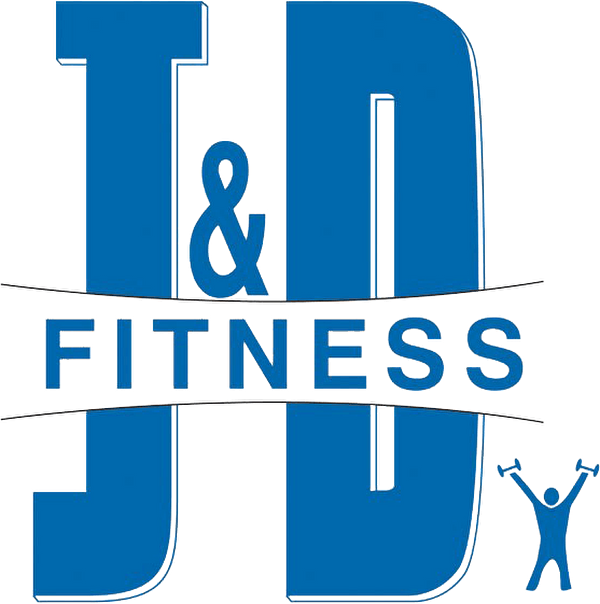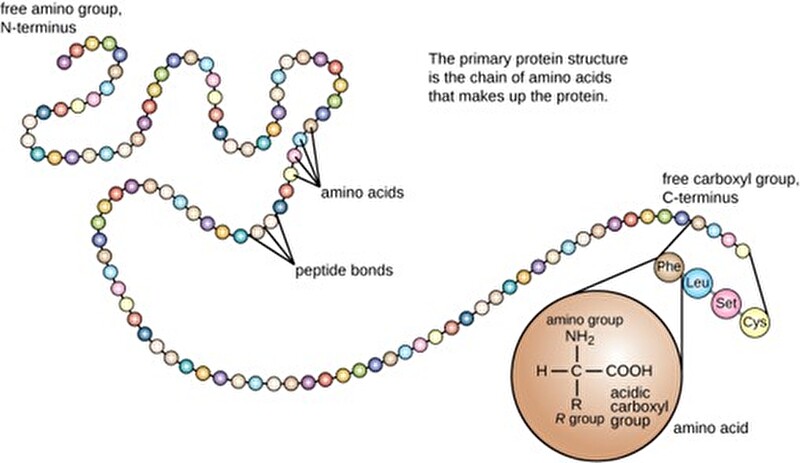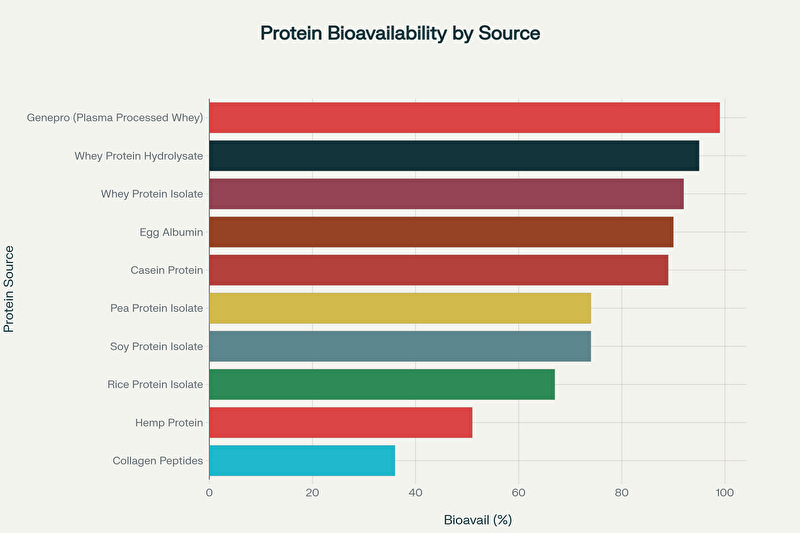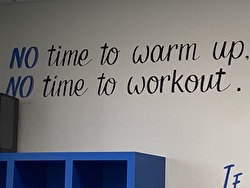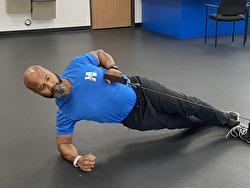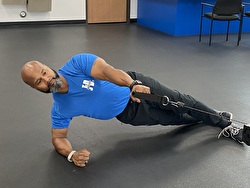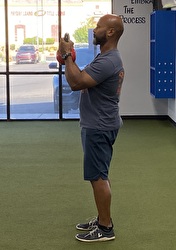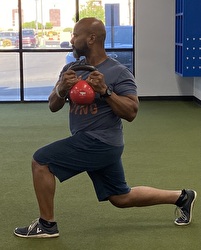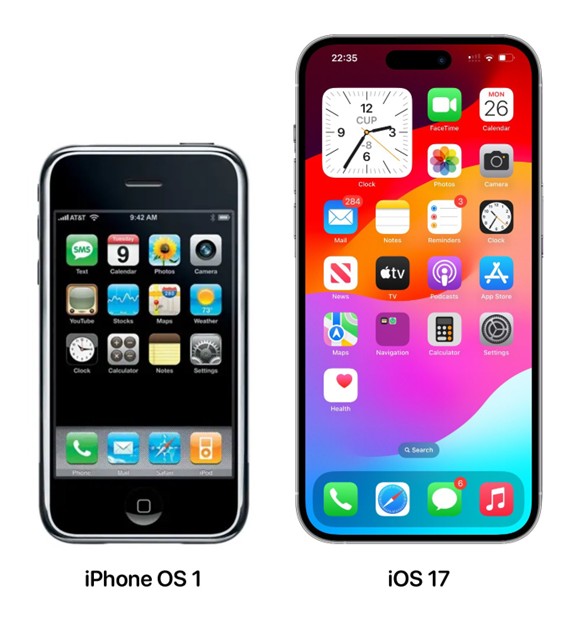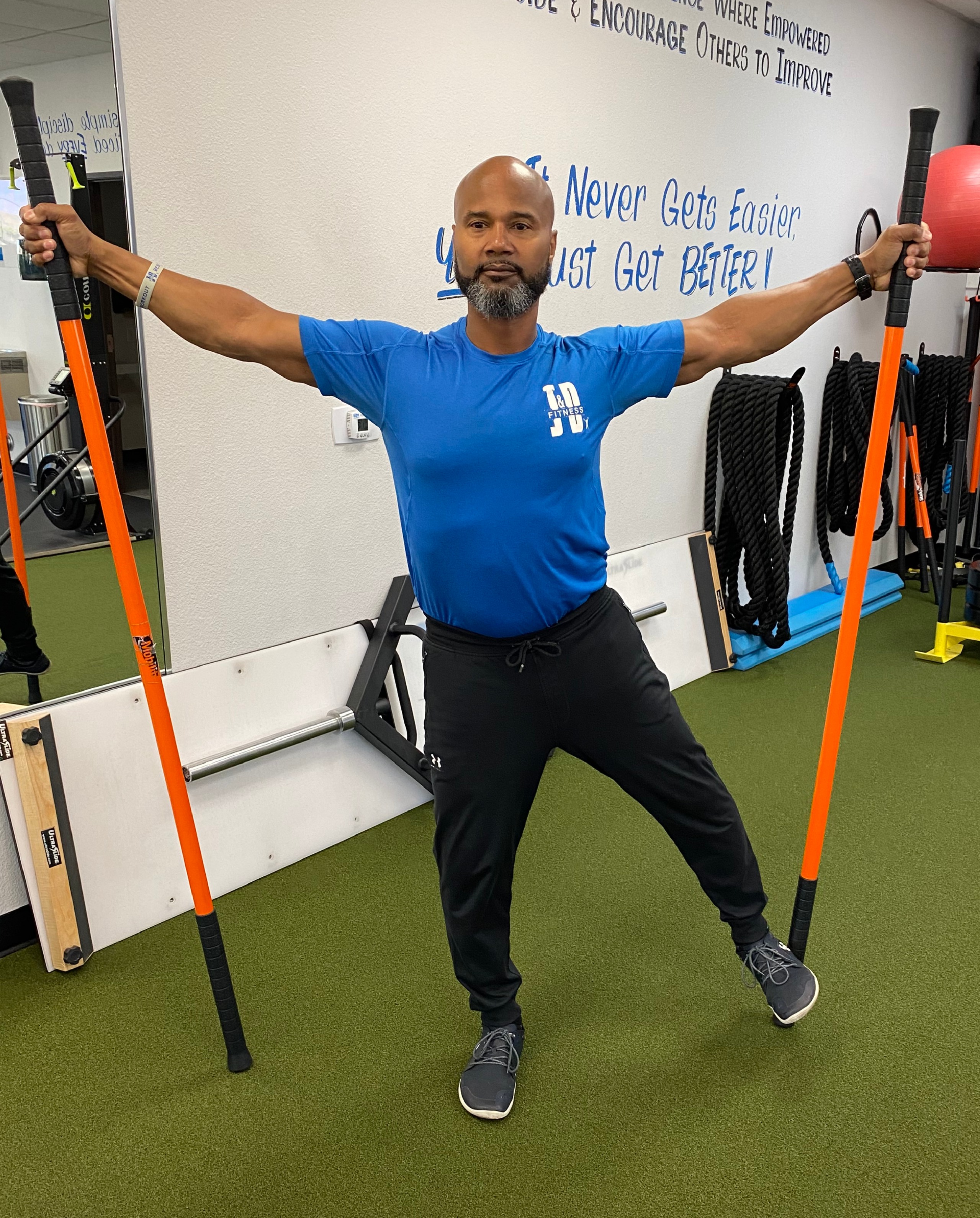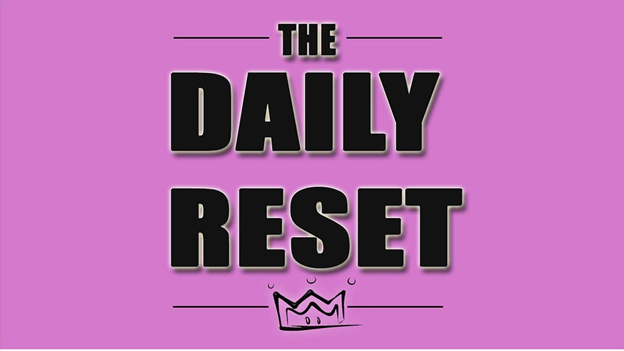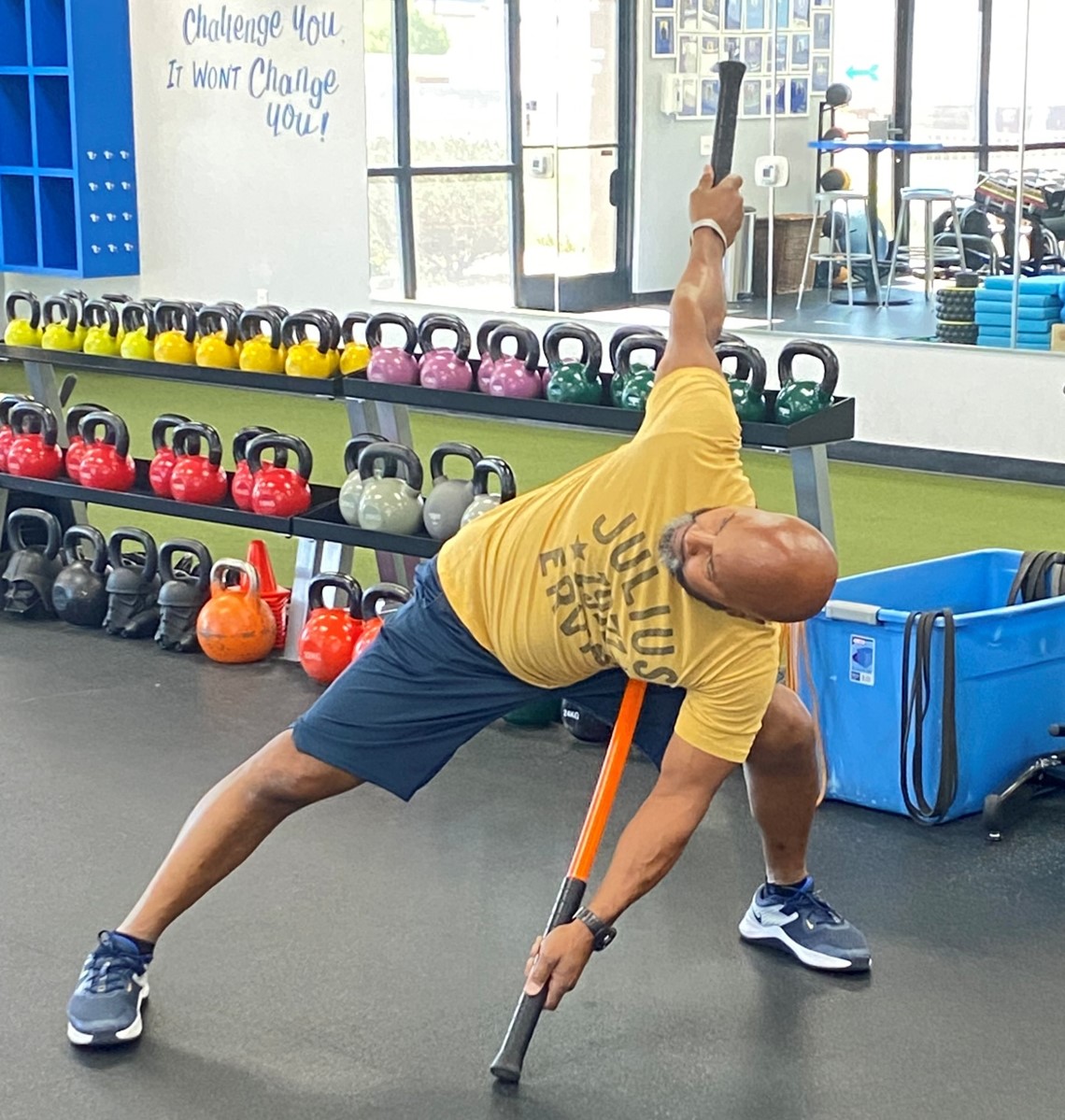Many people join our studio to lose weight, get stronger, or strength train around nagging injuries like a sore lower back or achy knee. During their initial consultation, I always remind them that their most important muscle is the heart. Whatever your goal, two priorities drive every program at our gym: mobility and cardiovascular health. You cannot get stronger, burn fat, or “tone” muscle if you lack adequate movement and a cardiovascular fitness baseline.
Movement competency can be measured using tools like the Functional Movement Screen (FMS), and body composition by methods such as skinfold calipers. However when it comes to fitness level, the gold standard for aerobic capacity remains the VO2 max test.
VO2 Max Test
The VO2 max test is a graded exercise test (GXT) increasing in intensity—through speed, resistance, or incline, either continuously or in stages. It requires absolute, maximal effort, often pushing you to a 10 out of 10 on exertion, or until physical exhaustion, regardless of encouragement. Using a metabolic cart and oxygen mask, it directly measures your peak oxygen consumption in milliliters per kilogram per minute ( ). VO2 max provides a powerful benchmark for aerobic fitness, widely respected for athlete profiling, training recommendations, and overall health assessment.
Submaximal Test
Submaximal tests use set and moderate intensities over a fixed time or to a target heart rate, stopping before exhaustion. These protocols—whether running, cycling, or other modalities—are safer and more practical for people unable or unwilling to perform at high intensity. They estimate rather than directly measure VO2 max, but offer useful data for tracking progress, determining training zones, or evaluating fitness in broader populations.
What We Do at the Studio
We don’t administer VO2 max or submaximal tests in our studio; many who join are aware their aerobic capacity may be limited. I don’t believe it’s productive—or inspiring—to push them to fatigue just to collect a number. For high-level athletes, VO2 max testing offers real value. However, my approach as a coach is rooted in first principles thinking: break problems down to their basic truths, then work upward. The true question is: What are we trying to achieve, and for whom?
A less intimidating, effective method is to monitor heart rate during strength training and track recovery time. For example, by measuring heart rate recovery after twelve intervals of 30 seconds of strength and power exercises—each followed by 15 seconds of rest—we get actionable data. Is it as quantifiable as VO2 max? No, but it is more practical, encouraging, and effective for the general population looking to improve overall fitness.
Final Thoughts
Testing has merit, but not all tests have equal value. When evaluating fitness, my deepest trust is still in my coaching experience, and my ability to observe and communicate. Technology is a wonderful tool, but it will never replace the skilled eye and support of a dedicated coach.
